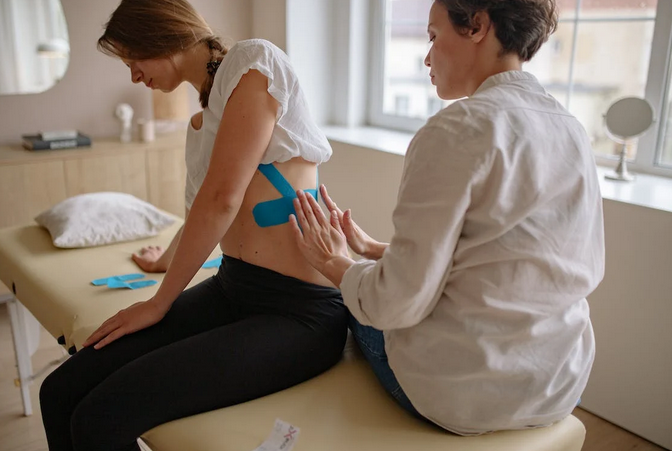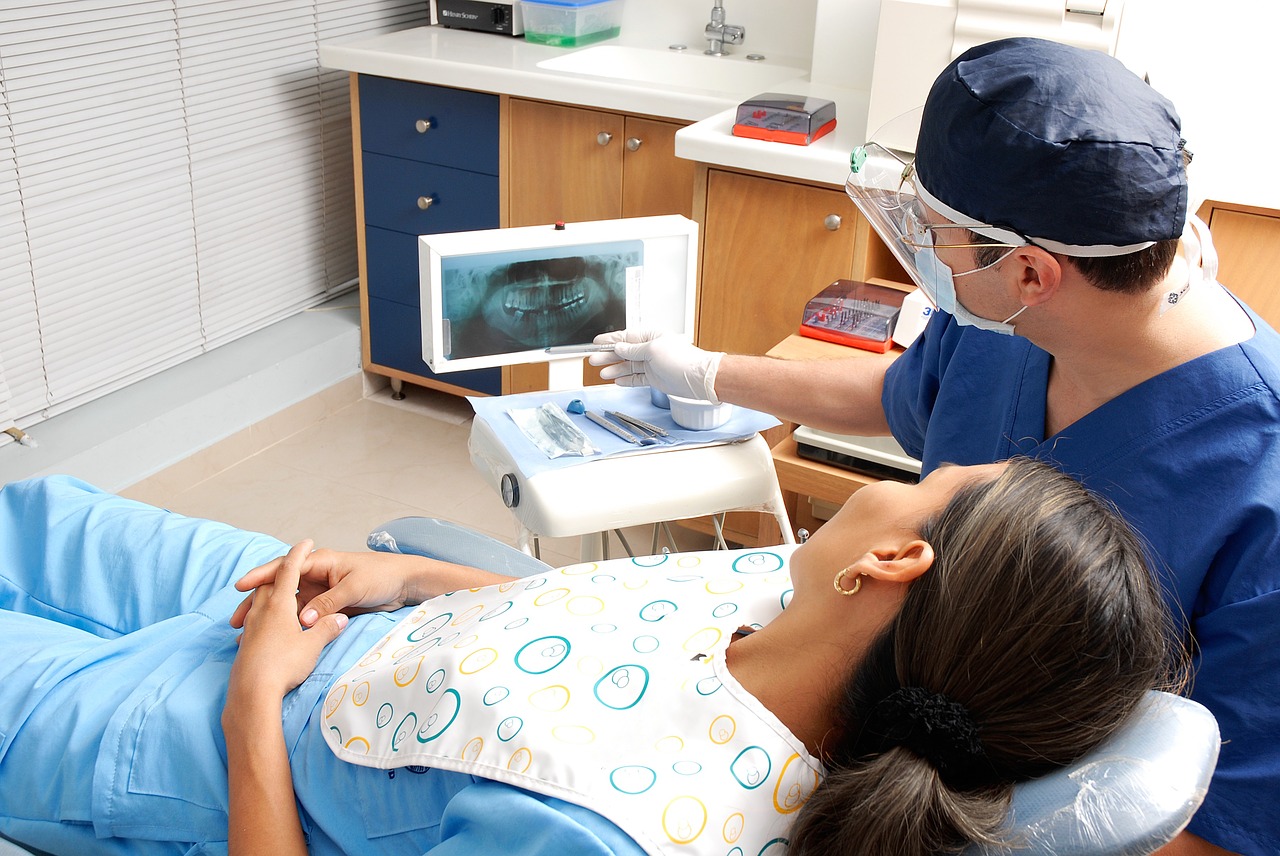A car crash can leave both physical and emotional scars, and the path to recovery often involves various stages of healing. Among these crucial steps, physical therapy and rehabilitation emerge as key components in restoring health and functionality after a traumatic incident. In this article, we explore the significance of physical therapy in recovery after a car crash, shedding light on its essential role in rebuilding lives.
Initial Assessment and Customized Plans

After a car crash, the first step towards physical recovery is a comprehensive assessment by healthcare professionals. Physical therapists evaluate the extent of injuries, considering factors like range of motion, strength, and flexibility. Based on this assessment, personalized rehabilitation plans are crafted to address individual needs.
Pain Management and Mobility Restoration
Physical therapy plays a pivotal role in managing pain and restoring mobility. Techniques such as therapeutic exercises, manual therapy, and joint mobilization are employed to alleviate pain and enhance flexibility. This early intervention aids in preventing long-term complications and expedites the overall recovery process.
Strengthen Muscles and Enhancing Stability
Injuries sustained in a car crash often result in weakened muscles and compromised stability. Physical therapists design exercises targeting specific muscle groups to rebuild strength and improve stability. This step is vital in ensuring a gradual return to normal activities without the risk of re-injury.
Range of Motion Exercises
Impaired range of motion is a common issue post-crash, particularly in areas affected by impact. Physical therapists utilize specialized exercises and stretches to improve and gradually restore the injured individual’s range of motion. This step is crucial in regaining functionality and reducing stiffness.
Rehabilitation for Orthopedic Injuries

Orthopedic injuries, such as fractures or dislocations, require focused rehabilitation. Physical therapists work closely with individuals to provide targeted exercises, manual techniques, and modalities to facilitate optimal healing of orthopedic injuries. The goal is to regain strength and functionality while minimizing pain and discomfort.
Address Neurological Implications
In cases where the crash results in neurological implications, such as concussions or nerve damage, physical therapy is tailored to address these specific challenges. Therapists employ specialized techniques to enhance neurological function and support the individual in adapting to any lasting effects.
Adaptive Equipment and Assistive Devices
Physical therapists may introduce adaptive equipment or assistive devices when necessary. These aids are designed to support individuals in their daily activities and promote independence during the recovery process. The goal is to optimize functionality and enhance the overall quality of life.
Gradual Return to Activities
As recovery progresses, physical therapists guide individuals through a carefully structured plan for a gradual return to daily activities. This phase involves monitoring progress, adjusting rehabilitation plans, and ensuring that individuals regain confidence in their physical abilities.
Emotional Support and Holistic Healing
Beyond the physical aspects, rehabilitation addresses emotional well-being. Physical therapists often collaborate with mental health professionals to provide holistic support. This approach acknowledges the interconnectedness of physical and mental health in the recovery journey.
In the aftermath of a car crash, physical therapy and rehabilitation emerge as beacons of hope, guiding individuals toward recovery and restoration. Through personalized plans, targeted exercises, and compassionate care, physical therapists play a pivotal role in rebuilding lives. The journey may be challenging, but with the support of dedicated healthcare professionals, individuals can regain strength, mobility, and resilience, moving towards a future of renewed well-being.


